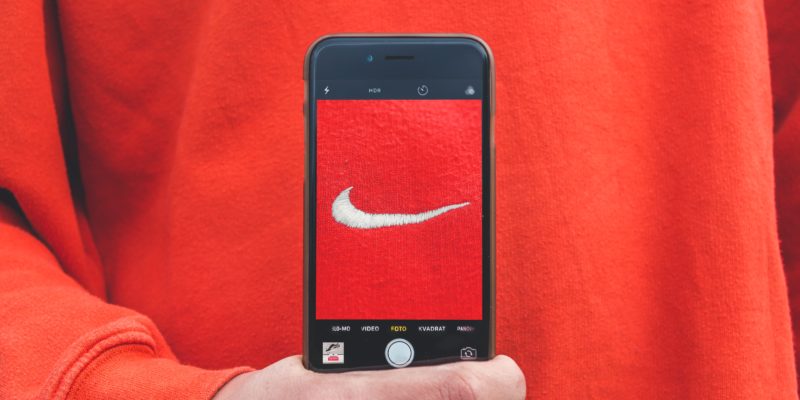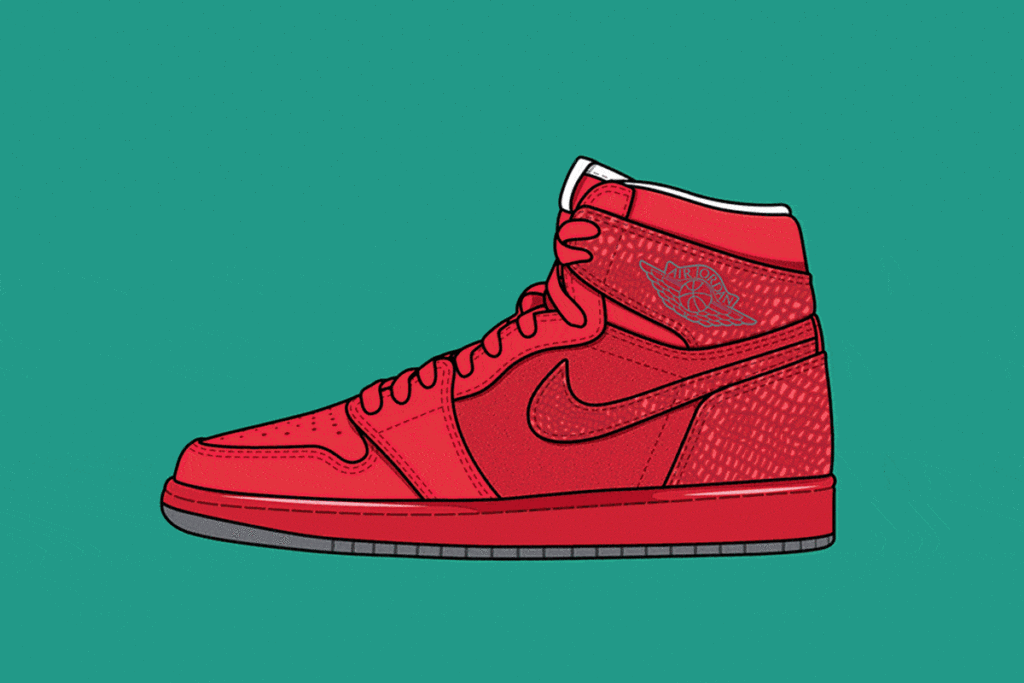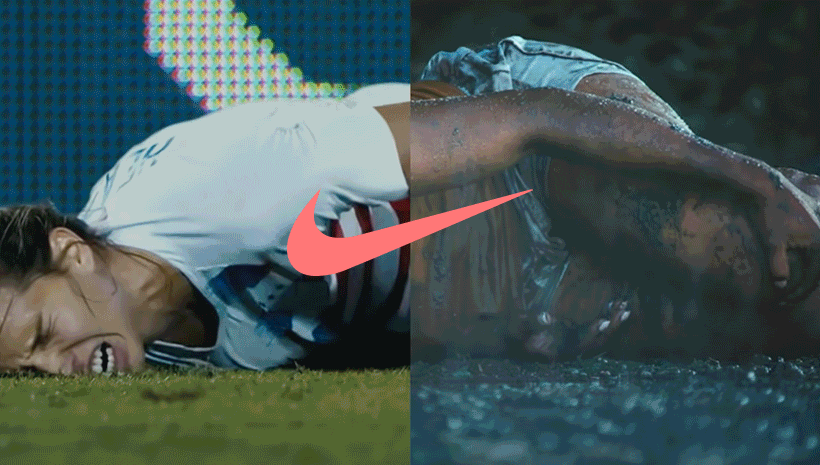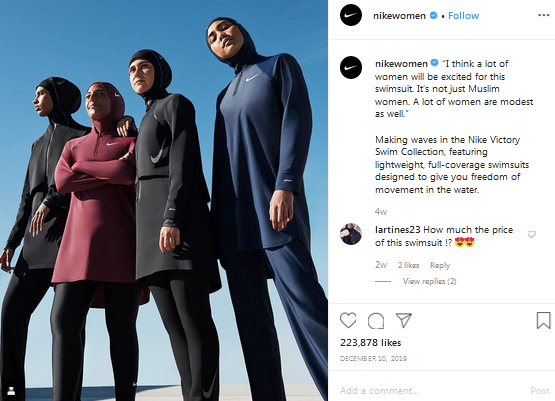
Simon Sinek, a British-American author, and inspirational speaker, once said: “People don’t buy what you do; people buy why you do it.” Unquestionably, this idea is a perfect summation for our case study today, the Nike marketing strategy. A tagline that checks all boxes (literally) of brand recognition, “Just do it,” became three words that shifted storytelling paradigms in ads. So, how do they do it? Also, how did they turn a humble shoe store in Oregon into a multi-billion dollar company with global recognition?
Is it the famous athletes, sponsoring sports teams, large-scale advertising, or just the magic of their distinguished swoosh logo? In this blog, we’ll go through the essential elements of this success story with a complete breakdown of their marketing tactics!
Nike’s Brand Overview

History

Nike was founded in the year 1964 as Blue Ribbon Sports by the University of Oregon coach, Bill Bowerman, and his student, Phil Knight. But, from their first retail outlet in 1966 to their first Nike brand shoe in 1972, their story was not an overnight success. Eventually, they expanded their business through numerous brand acquisitions – namely Converse, Inc. (2003) and Cole Haan (2012).
Brand Mission and Values

Related: Secrets Behind Famous Brand Logos You Didn’t Know
In their own words, Nike aims to “bring inspiration and innovation to every athlete in the world”. In fact, in the true spirit of fair sportsmanship, they believe in delivering their products to a diverse and inclusive community. Moreover, they aim to design for comfort while stepping towards a more sustainable future, in addition to their global community outreach initiatives.
The Result?
“As of June 2021, Nike has a market cap of $207.54 B. This makes Nike the world’s 51st most valuable company by market cap” – CompaniesMarketCap.
What is Nike’s Marketing Strategy?

As a matter of fact, what people most often miss with any Nike advertisement is their intentional avoiding of direct product focus. Despite their branding being the core element of their marketing, they seek to connect with their audience using impactful visual experiences. Moreover, Nike advertising is known to have high-budget video production scales, a dramatic background score, and socially conscious concepts.
Powerful Brand Imagery in Nike Advertising
This shows the impact of COVID-19, through an inclusive lens of disability, racial justice, LGBTQ+ lives, and most importantly, sports. Indeed, Nike has constantly set the standards for socially aware advertising, and they’ve hit the mark yet again with their latest campaign.
The target market strategy Nike uses is perfectly evident in their Turkish ad campaign. It aims to feature women in sports and empower them to break gender stereotypes wherever they are, however they are.
Finally, here’s a compilation of the best Nike advertising campaigns and commercials to serve as inspiration – whether for your own marketing strategies or just life in general!
Your takeaway?
- First, dramatic storytelling in advertisements empowers people to strive for excellence and greatness.
- Second, their campaigns include the best of athletes, including multi-million dollar collaborations with renowned figures like Tiger Woods (1995), Michael B. Jordan (1984), and Christiano Ronaldo (2003).
- Lastly, without even mentioning their products, they can achieve excellent brand recognition and a substantial emotional connection with the viewers.
Psychology Behind the Nike Marketing Strategy

Halo Effect
According to AdAge, the Halo effect is the tendency towards positive impressions of a person, company, brand, or product in one area. Further, they positively influence one’s opinion or feelings in other areas. Moreover, marketing strategies used by Nike include this concept through impact-driven advertisements to represent their empowering brand values.
Scarcity Effect
According to Convertize, the Scarcity Effect is the cognitive bias that makes people place a higher value on an object that is scarce and a lower value on one available in abundance. Similarly, the Nike marketing strategy isn’t just to motivate their audience to make the change, but to be the change now. This sense of urgency further places their brand recognition in the spotlight.
Just Don’t Overdo It! – Nike’s Social Media Presence
Influencer Marketing

Truly on a mission to inspire people, support inclusion, and encourage innovation, the Nike Marketing strategy aims to spotlight real lives. These include women from all walks of life, athletes (renowned or otherwise) from diverse backgrounds, and any heartfelt story they come across.
Video Content
Related: 5 Evergreen Marketing Strategies That Never Fail
Accordingly, Nike’s latest campaign was as innovative as its brand identity – long-form video entertainment content, a.k.a. an entire YouTube mini-series! Called “Margot vs. Lily,” it features a pair of interracial stepsisters who are both insecure about each other’s natural ability with sports and social skills. And what’s more, it highlights their latest gear with immaculate subtlety and sophistication.
Simplified Tip: Feeling inspired? So why not use one of the strategies highlighted above to boost your own brand image! Simplified offers stunning templates for you to design your next social media marketing asset. Our recommendation: search for keywords like shoes, gym, fitness, or anything central to your brand, to get started.

























